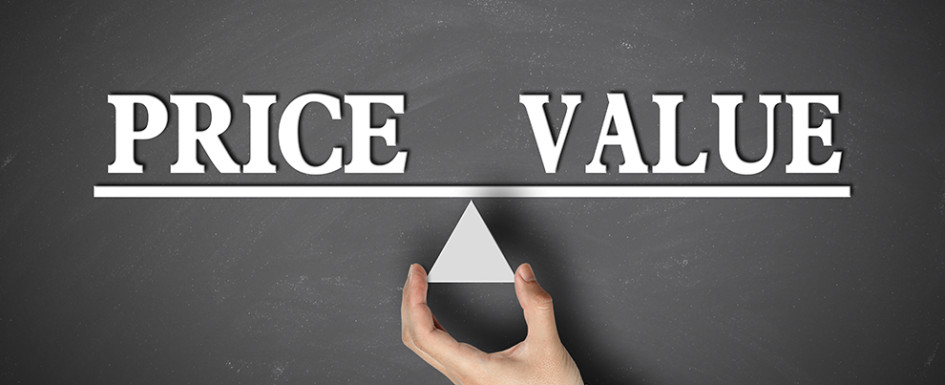In our business we spend a lot of time with new clients as they go through the journey of discovery that leads to the decision to purchase an accommodation business. That process can take weeks, months and sometimes years. Because we don’t charge fees to clients we certainly hope that one day they borrow some money and we make a few dollars. However, we have a duty of care to put the clients’ interests rest and if that means helping them to not make a bad decision then so be it.
At some point in our work with new clients a suitable asset will be identified and the client, having been pre-qualified at that price point, will ask the dreaded question. What do you reckon it’s worth? Far be it from us to tell someone what they should pay for something and frankly we never do. However, we can arm our clients with skills and knowledge to help them make an informed decision when negotiating and making an offer.
Accommodation assets are sold on a yield or multiple calculation predicated on an historical profit and loss statement. The rest consideration on likely price has to be market averages and yields for that asset class as applied to the particular listing. We have significant market sales data which can be used as a rest test of likely price. Obviously within asset classes different yields and multiples apply dependant on the specifics of the property being assessed. I am still surprised by the number of enquiries we get asking what the multiple is. Not for any specific listing but for the whole market. This is a bit like asking the housing price without specifying the number of bedrooms, property type or location.
Once a general idea of the current market for the specific property is known we drill down to the more specific drivers of value. For management rights that’s typically the business type, balance term of the agreements, letting pool composition, body corporate relationship and physical location of the property. For motels and caravan parks many of the same metrics apply albeit the state of repair of the property tends to figure in these considerations as well.
One of the key drivers of value is the potential ongoing trading performance of the business. In my view this is a very important consideration and certainly one being looked at very closely by the banks. Sometimes too much emphasis is placed on historical trading and not enough on what the future holds. In assessing the opportunities and risks associated with trading performance the rest consideration is obviously the validity and sustainability of the profit and loss statement on which the business is being marketed. There is certainly an understandable propensity for vendors to put forward a P and L with the highest possible net profit. That’s what I would do if I were a vendor. However, some of the reports I have seen tabled by vendors are simply farcical and don’t stand up to even a cursory review. In particular allowances for labour costs need to be examined closely and vendors need to be able to substantiate allowances and explain how the business is operated within the cost structure as reflected in the P and L. Remember, when it is time to sell you need to be able to at least get your money back and hopefully make a capital gain. Buying on an unrealistic P and L will make that challenge all the more difficult. For what it’s worth I’d pay more for a business with a realistic P and L and good prospects of sustaining that profit.
